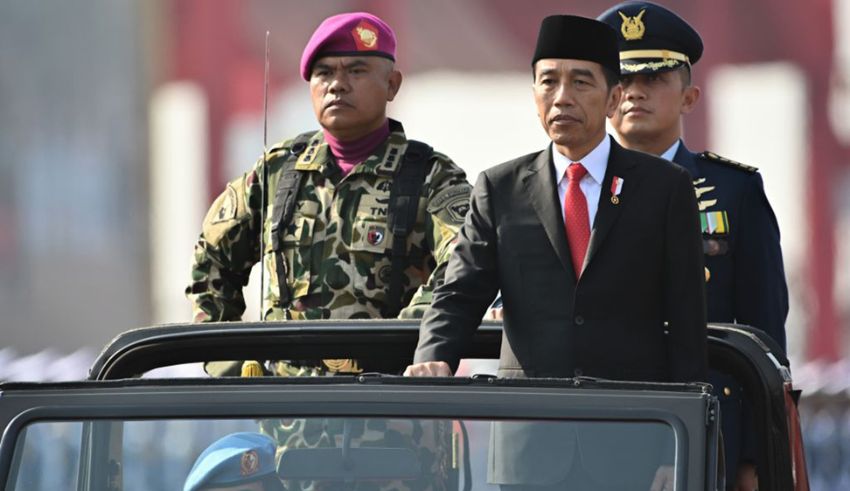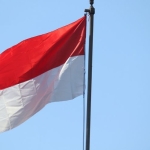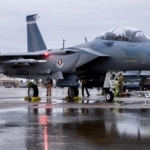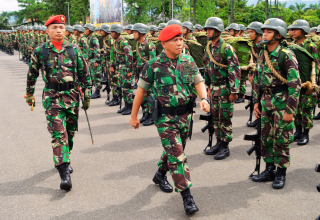
In a move reflecting Indonesia’s proactive stance in the face of evolving geopolitical shifts, the nation is set to witness a substantial 20% increase in defense spending, reaching an impressive $25 billion until the close of the upcoming year. This decision, greenlit by the outgoing President and Defense Minister Prabowo Subianto, aims to fortify Indonesia’s defense capabilities against emerging security threats, necessitating a modernized military infrastructure.
During a recent press conference, Finance Minister Sri Mulyani Indrawati shed light on the underlying factors propelling this decision. The urgency stems from the identified needs of the defense ministry, considering the aging state of Indonesia’s military hardware and the escalating regional threats. Importantly, despite this significant uptick, the total defense budget for the three five-year periods spanning 2020 to 2034 will cap at $55 billion, aligning seamlessly with Indonesia’s medium- to long-term fiscal plans.
Crucially, the funds for this strategic move will be sourced from foreign loans, a financial strategy designed to ensure that Indonesia’s defense modernization efforts unfold without straining the domestic economy. Against the backdrop of geopolitical challenges, including heightened Chinese military presence and territorial disputes, this allocation becomes a pivotal element in recalibrating defense priorities.
How Indonesia is Moving Forward
Indonesia’s trajectory in modernizing its military is steered by Defense Minister Prabowo Subianto, a key figure in the nation’s political landscape. His involvement has been instrumental in orchestrating significant defense deals, including the acquisition of Dassault Rafale fighter jets, Turkish Aerospace drones, and Mirage 2000-5 fighter jets.
Keep Reading
Over the past decade, Indonesia has grappled with maintaining competitive defense spending ratios compared to regional peers. Data from the Stockholm International Peace Research Institute (SIPRI) indicates a lag in Indonesia’s defense spending per capita and as a percentage of GDP. This spending surge signals a strategic shift, reflecting Indonesia’s resolve to enhance military capabilities in response to evolving security challenges.
Recent defense acquisitions, such as fighter jets and transport helicopters from U.S. companies like Boeing and Lockheed Martin, underscore Indonesia’s commitment to diversifying its military assets. The purchase of a $100 million submarine rescue vessel from Britain emphasizes the nation’s determination to bolster maritime capabilities, especially after a submarine sank during a drill in 2021.
However, Indonesia’s defense ambitions face challenges, including a dispute with South Korea over funding for a joint KFX fighter jet project. Navigating geopolitical partnerships, diversifying defense acquisitions, and ensuring strategic autonomy are crucial considerations amid these ambitious military upgrades.
As Indonesia charts its course toward a robust defense infrastructure, the geopolitical implications are significant. The nation positions itself as a key player in regional security, marking a pivotal moment in its trajectory to safeguard interests and contribute to stability.
In conclusion, Indonesia’s decision to elevate defense spending underscores its commitment to address contemporary security challenges. This move, guided by strategic imperatives and fueled by foreign loans, positions Indonesia on a trajectory to enhance its military capabilities, asserting itself as a formidable player in the evolving geopolitical dynamics of the Asia-Pacific region.

























